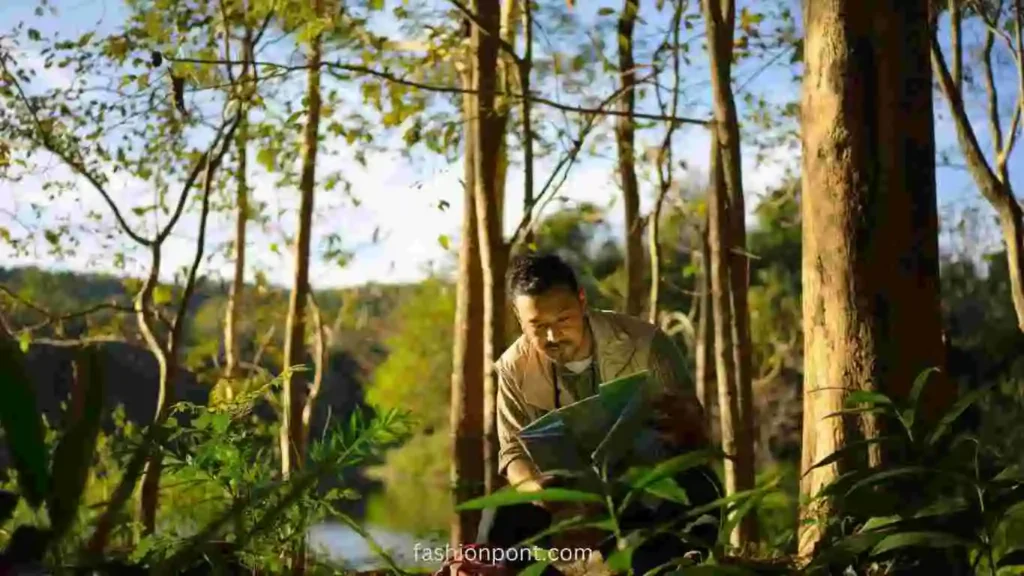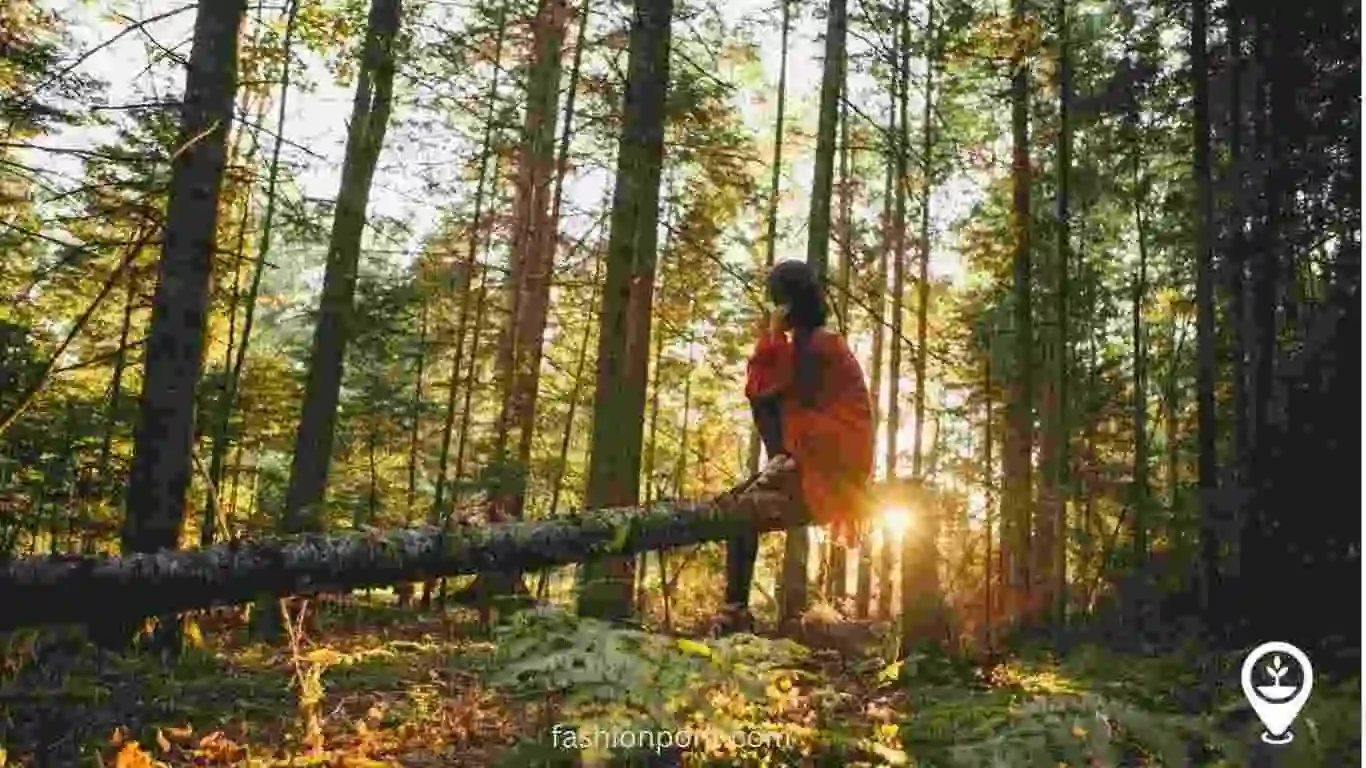How do trees and green spaces enhance our health?
Trees and green spaces improve mood and health, release oxygen, aid in avoiding flooding, and lower pollutants. In many different ways, trees improve life. By lowering atmospheric greenhouse gases, they fight climate change. They suck in carbon dioxide and release oxygen while muffle sound pollution and lower air pollution.
Trees reduce stormwater runoff in rain showers, therefore minimizing flooding and soil erosion. They also offer important habitats for microbes as well as for insects, birds, and other creatures to support variety. The count continues.
Just as importantly, mounting data shows that merely being near trees and greener areas improves our mood and health. Here are some of the main advantages we get:.
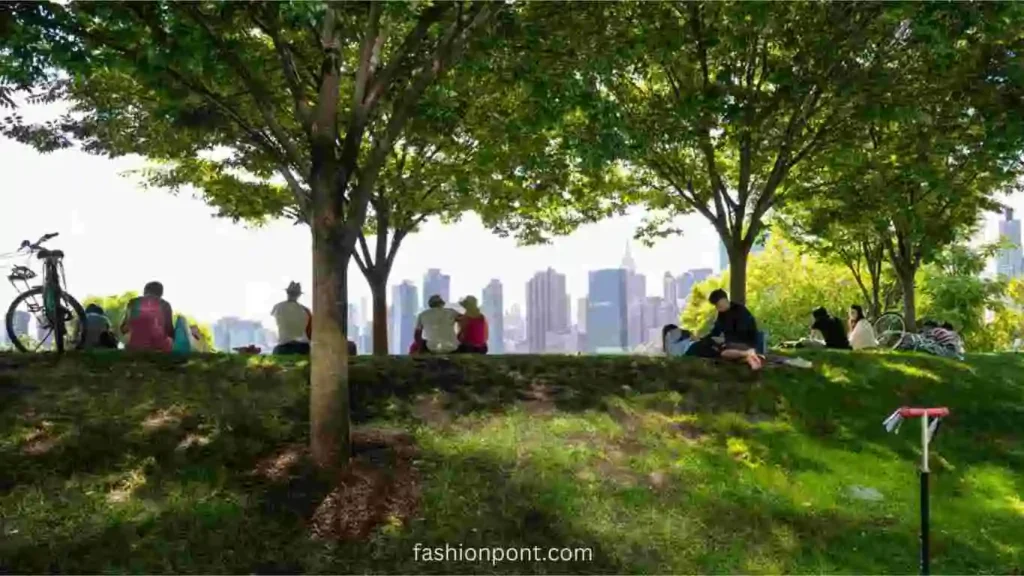
Maintaining cool: trees help avoid heat-related disease
Rising temperatures and increased heat waves over the United States are results of climate change. For people who live in areas sometimes referred to as urban heat islands, where asphalt and concrete absorb daytime heat and reflect it at night, these consequences are more severe. Temperatures can be 7°F hotter than suburban, rural, or just wealthy, greener neighborhoods.
The shade trees and their leafy canopy help prevent urban heat islands in part. For individuals, what does that mean? Less heat-related health issues follow from this, which more typically affect outdoor workers and younger, older, medically fragile individuals. Increasing tree canopy to 30% coverage in 93 European cities could avert an estimated four in 10 premature heat-related deaths in adults in those locations, according to a study reported in The Lancet.
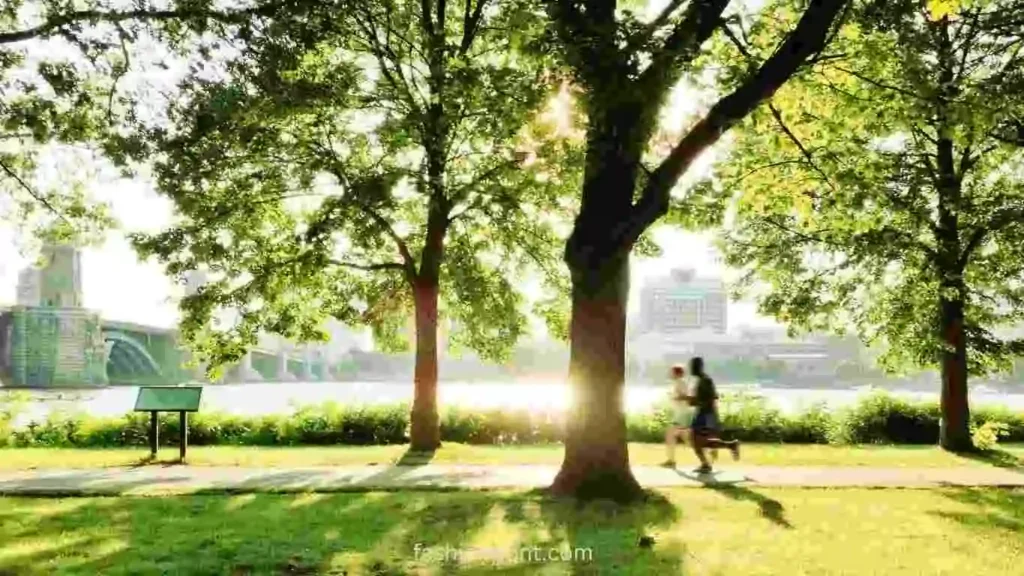
Better mood, behavior, attention, and more—how do trees support children?
Better health outcomes trees and green spaces, including reduced blood pressure, improved sleep, and several chronic condition improvements in adults, have been associated with increased time in nature. These results are generating increasing interest in forest treatment, a guided outdoor healing method that results in general better health. Still, the several advantages of trees and their surroundings for youngsters are also rather amazing.
Children 4 to 6 years old showed less hyperactive behavior and scored more strongly on measures of attention and visual memory tests compared with children who did not live near green space, said one study.
There are psychological advantages to observing trees. In Michigan, a study of students between the ages of 7 and 9 found that those who could see trees from their school windows showed fewer behavioral issues than those with limited views.
Researchers in Finland changed daycare outdoor playscape settings to resemble forest vegetation. These daycares were evaluated against both nature-oriented daycares where children visited surrounding forests and standard daycares. By the end of 28 days, the children in the daycares with modified forest undergrowth had better immune system markers and a healthier microbiota than their peers.
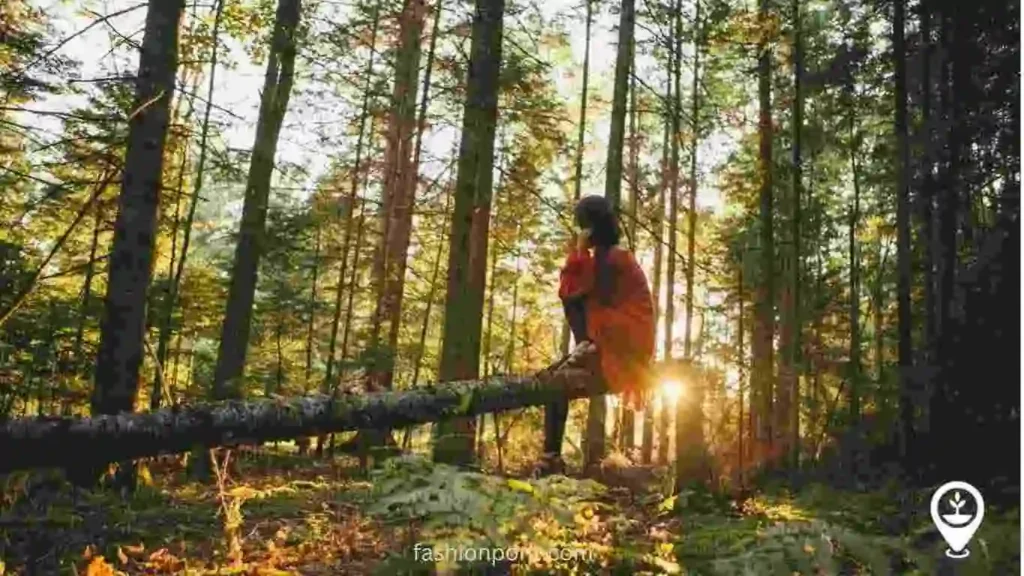
How may green space benefit communities?
Moreover, having green areas in residential areas greatly enhances the welfare of the local residents. In a US city, a randomized study planted and cared for grass and trees in once-empty spaces. Researchers next contrasted these green areas with empty land left unoccupied.
Crime dropped in neighborhoods below the poverty line in regions with greened lots as opposed to unoccupied vacant lands. Neighbors of greened properties reported feeling safer and using the outside space more for socialization and relaxation.
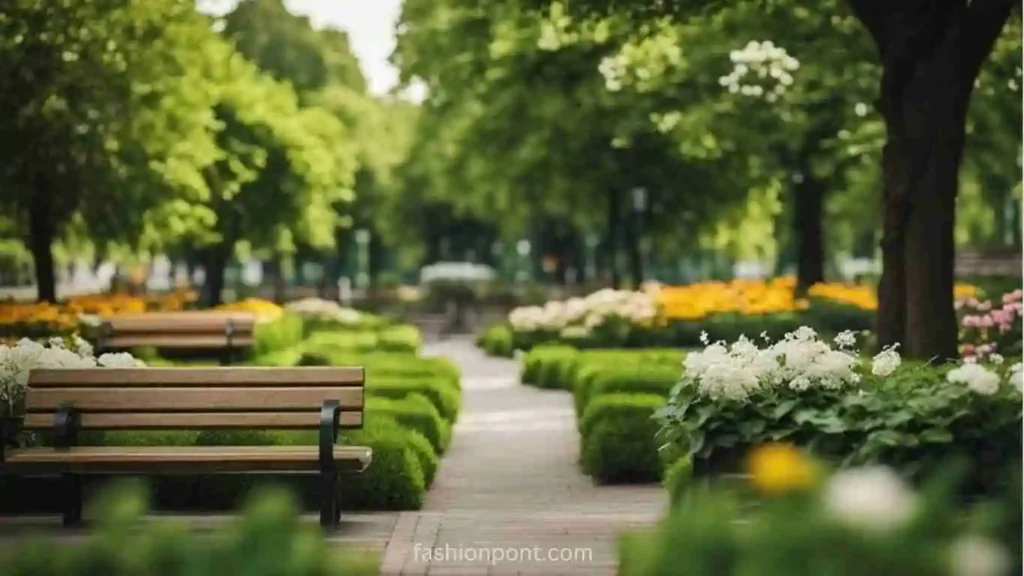
How can you assist?
Sadly, over time, urban tree canopy cover has been dropping. Many towns and charitable groups have initiatives offering trees for planting in order to offset this falloff.
Two Massachusetts sites include Speak for the Trees in Boston and Canopy Crew in Cambridge. (Speak for the Trees also provides useful guidelines on choosing and tending to trees.). Neighborhood Forest supplies trees for US schools and other youth groups. Search for an upcoming program close by!
Trees and green spaces native trees for your area will fit the local ecology, climate, and fauna more precisely. See your local Native Plant Society for more direction and information. Many tree associations or certified arborists can provide direction on the best native tree choices if your concern is seasonal allergies from tree pollen.
Consider supporting groups like The Canopy Project and the Arbor Day Foundation if you are interested in helping the mission but tree planting is not for you.
